Welcome to The Pearl Log — where post-shift wisdom surfaces, one shiny clinical take at a time. Some pearls are fresh, some are rough, all are found under pressure.
Find a Pearl

A Case of Altered Speech
A patient presented with several days of unusual, deliberate speech changes without other focal neurologic deficits, prompting an unexpected finding on neuroimaging.

Diverticula and Dislocations (Shoulder)
Antibiotics aren’t always required for uncomplicated diverticulitis—per the DINAMO trial, selected immunocompetent patients did just as well without them.
For shoulder dislocations, keep ultrasound in your back pocket—it’s fast for diagnosis and reduction confirmation. Have a few techniques ready (Cunningham, FARES, traction-countertraction). No single trick works every time.

Apixaban or Rivaroxaban for VTE?
Apixaban and rivaroxaban both block factor Xa, but real-world data give apixaban the edge. Across AFib and VTE cohorts, apixaban consistently shows lower rates of major and GI bleeding with similar efficacy. Rivaroxaban’s once-daily dosing helps adherence, but that convenience trades off a bit of safety margin. Until head-to-head RCTs land, patients will probably fare better on apixaban.
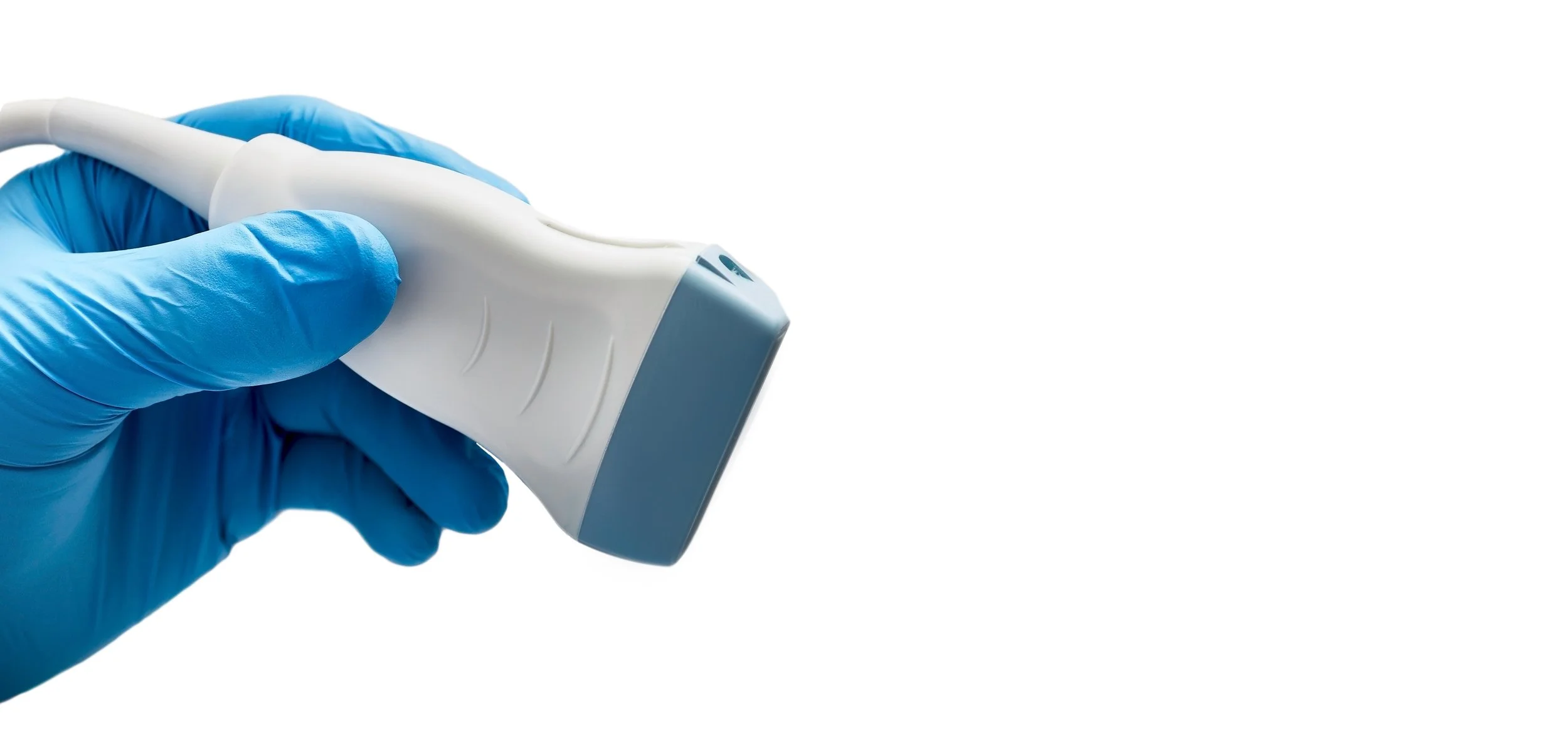
Ultrasound for Pneumoperitoneum and C-Collar Clearance
First, pneumoperitoneum on ultrasound—look for the “enhanced peritoneal stripe” and those peritoneal A-lines in the least dependent area (epigastrium or over the liver). A linear probe can help spot the air. Second, C-spine clearance after a negative high-quality CT—Trauma EAST says yes, even in obtunded patients. CT alone has an almost 100% negative predictive value, and prolonged collars can do more harm than good.

Potpourri: Recurrent Hypoglycemia, Valproic Acid Overdose, Vertigo, and Autism
A mixed bag of medicine and myth from this week’s shifts:
recurrent hypoglycemia (think meds, organ failure, and missed meals), valproic acid toxicity (with carnitine on your side), and a reminder to assess for the timing and triggers of vertigo. Oh—and Tylenol doesn’t cause autism. Read the studies, follow the money, and keep your critical lens sharper than your 10-blade.

Leukocytoclastic Vasculitis and Bactrim.
Bactrim (TMP-SMX) is a go-to for UTIs and MRSA skin infections, but it can bite back. Beyond GI upset, it carries risks like SJS, cytopenias, and rare leukocytoclastic vasculitis.

Potpourri: Euglycemic DKA, Slit Lamp, Abd Pain in Pregnancy
A few quick takeaways from shift. Euglycemic DKA is real—new ADA criteria now allow for normoglycemia if ketones and acidosis are present. Think alcohol, SGLT2s, or pregnancy. Brush up on some slit lamp basics. And for early pregnancy with pain or bleeding, grab the probe first. If you find an IUP, congrats, then your basically done.

Fecal Occult Blood Testing…Just Stop. Please.
FOBT and FIT don’t earn their keep in the ED. They were built for outpatient colorectal cancer screening, not acute GI bleeding—and they’re unreliable for both upper bleeds and clinical decision-making. A patient’s story, vitals, and hemoglobin drop tell you more than any stool card ever will. If the result wouldn’t change your management, don’t order the test.

Priapism Management
Low-flow priapism is basically compartment syndrome of the penis—and it’s every bit the emergency that sounds like.
Start with a dorsal penile nerve block for comfort, then aspirate dark blood from the corpora at 10 and 2 o’clock until it brightens and detumescence follows. If that fails, irrigate and give phenylephrine in small, timed doses. The goal: relieve pressure early and save function later.

A Post Shift Potpourri: Levocardia, Fascicular VT, Multiple System Atrophy
Just a grab-bag from the last shift’s scroll of curiosities: Levocardia, Belhassan’s VT, and Multiple System Atrophy

CPR in Traumatic Arrest
When the heart stops after trauma, the first move isn’t compressions—it’s control.
Traumatic arrest is usually about lost volume or blocked flow, not a primary cardiac event. Airway, oxygen, decompression, blood. Only when those are handled does CPR make sense, and even then, it’s more hope than physiology. Sometimes the best pulse you can give is fixing what made it vanish.

Rectal Exam in the Neutropenic Patient
A fair question for a risky host: should you really be doing a rectal exam in someone whose ANC is circling the drain?
The logic against it is sound—fragile mucosa, easy bacterial entry, high stakes. Yet the evidence behind the “never” is mostly tradition, not data. However, if another test can get you the answer, let it. Some doors just aren’t worth opening.
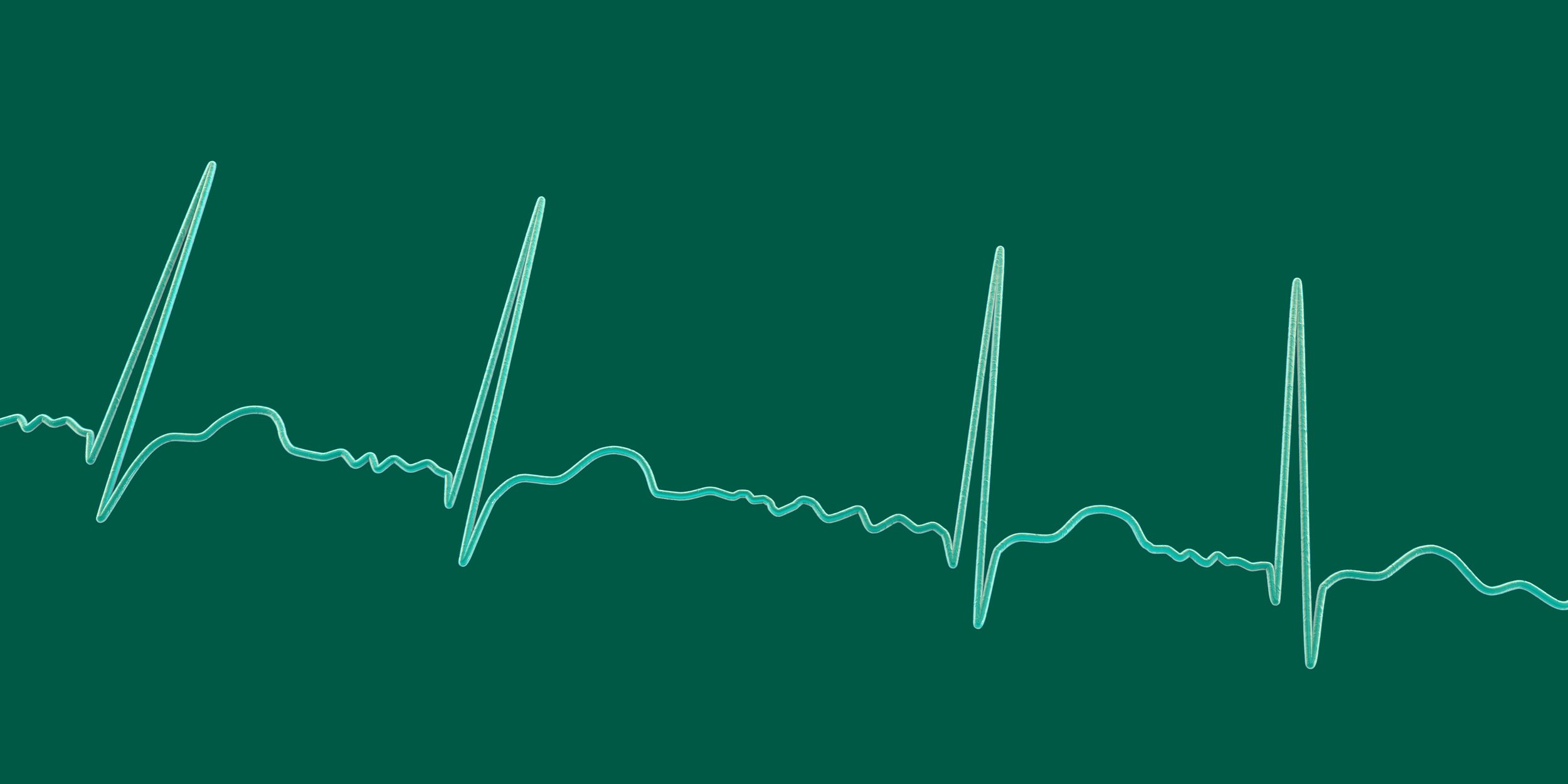
A case of palpitations
A 37-year-old with a heart rate just over 200, narrow complexes, and a rhythm so regular it could keep time—no flutter waves in sight. He’s talking, perfusing, and looking at you expectantly. The next move? Something simple, safe, and maybe a little gravity-assisted.
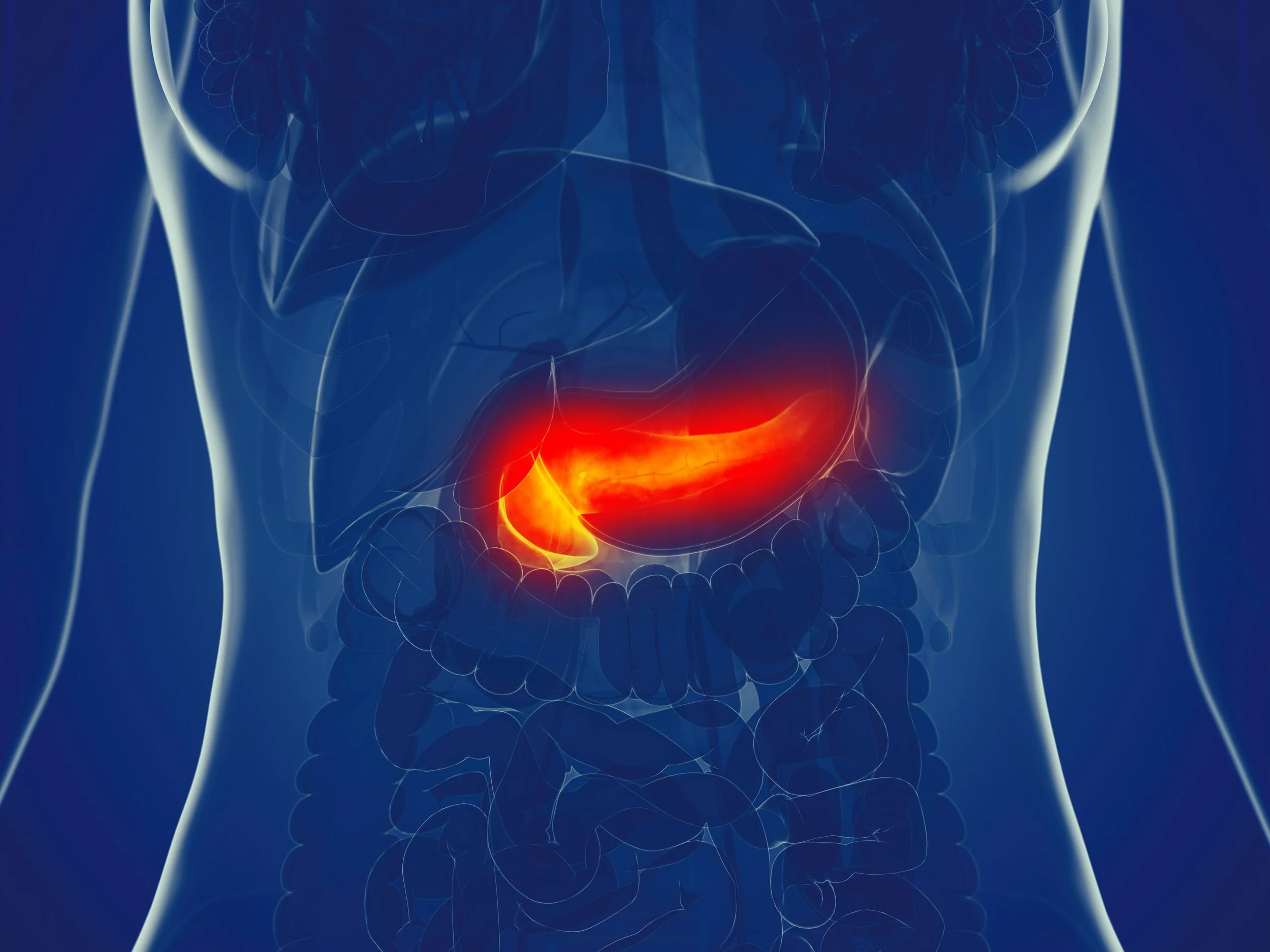
Acute Pancreatitis in 2025
Acute pancreatitis: common, painful, and often over-imaged.
Diagnosis usually just needs pain and a lipase 3× ULN—no CT required. The 2024 ACG guidelines emphasize moderate LR resuscitation (not aggressive), early enteral feeding, and early cholecystectomy for gallstone cases. Most cases are mild, but 1 in 5 can worsen fast, so disposition hinges on oral tolerance, vitals, and follow-up reliability.
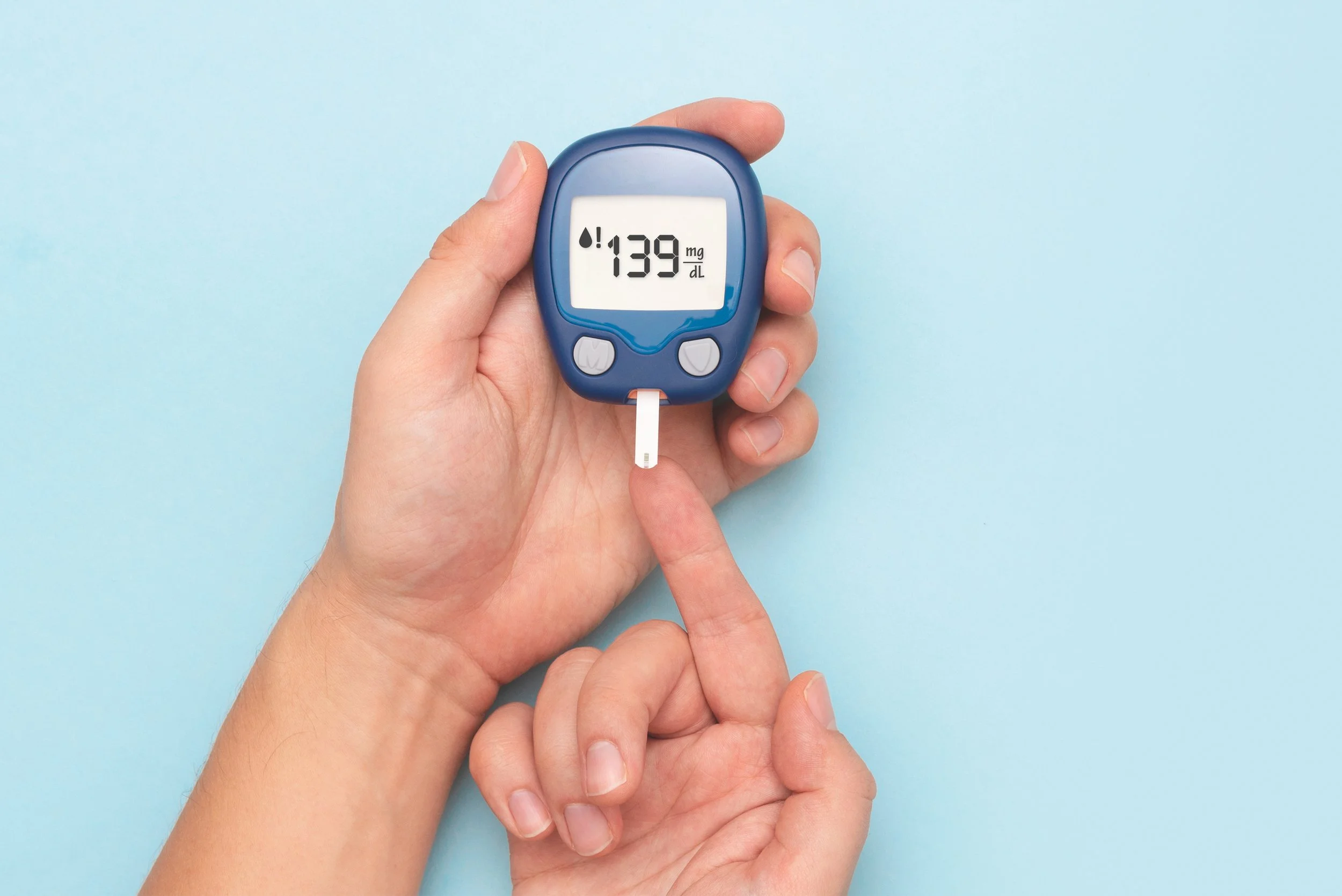
Pediatric DKA: A Quick Blurb
Pediatric DKA isn’t just “small adult DKA.”
Kids are often more dehydrated than they look, more prone to hypoglycemia and cerebral edema, and deserve careful, steady management. Fluids start with 10 cc/kg NS boluses, insulin runs at 0.05–0.1 U/kg/hr (never as a bolus), and electrolytes—especially potassium—must be watched closely. The two-bag system keeps glucose steady while ketoacidosis clears, balancing safety and control.
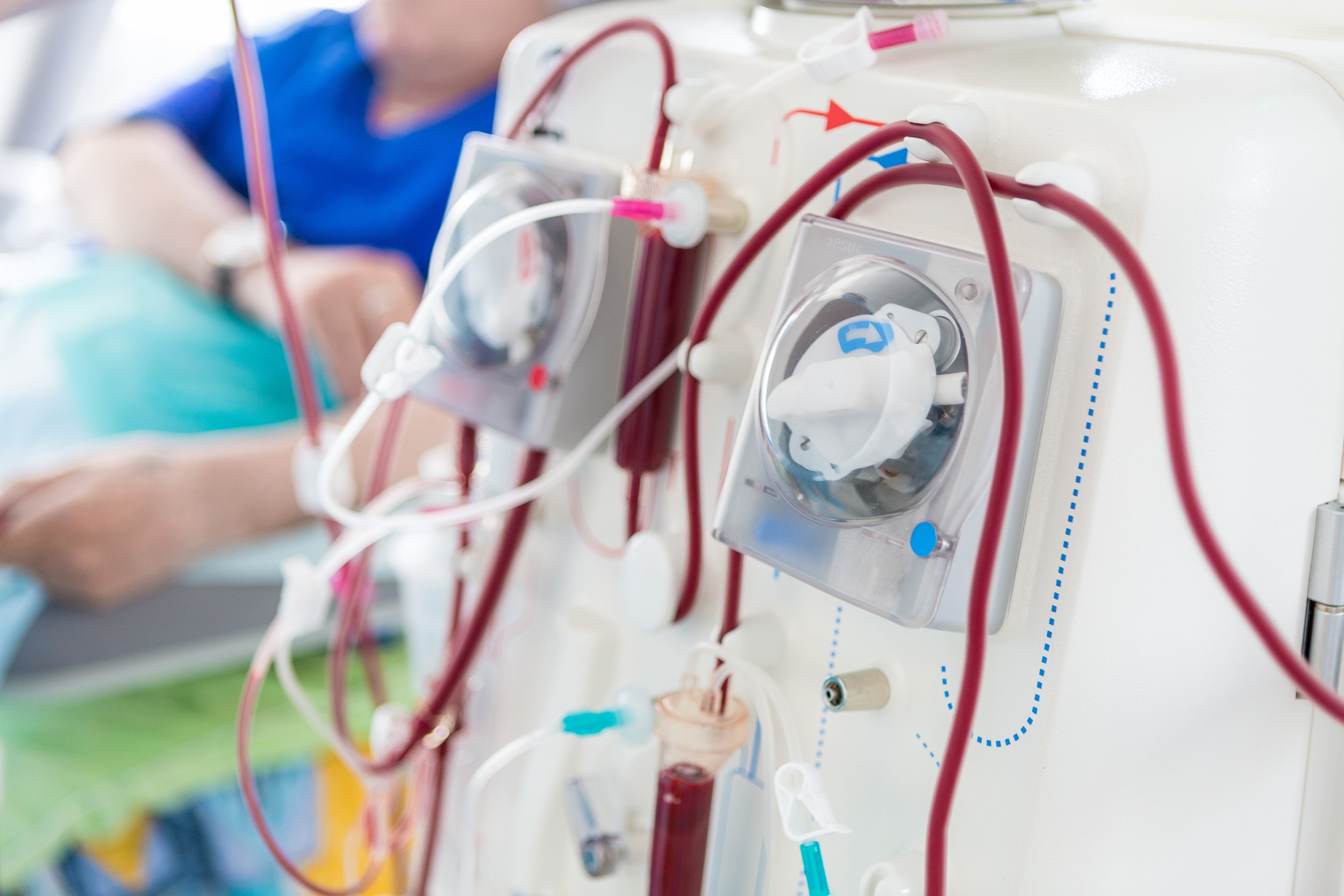
Dialysis after contrast in patients with ESRD?
Ordering contrast on a dialysis patient? Go ahead.
Modern low-osmolality agents likely aren’t directly nephrotoxic, and studies show no loss of residual function in dialysis patients who still make urine. The ACR backs this up—no need for an extra dialysis session or delay in imaging. Get the scan, make the diagnosis.
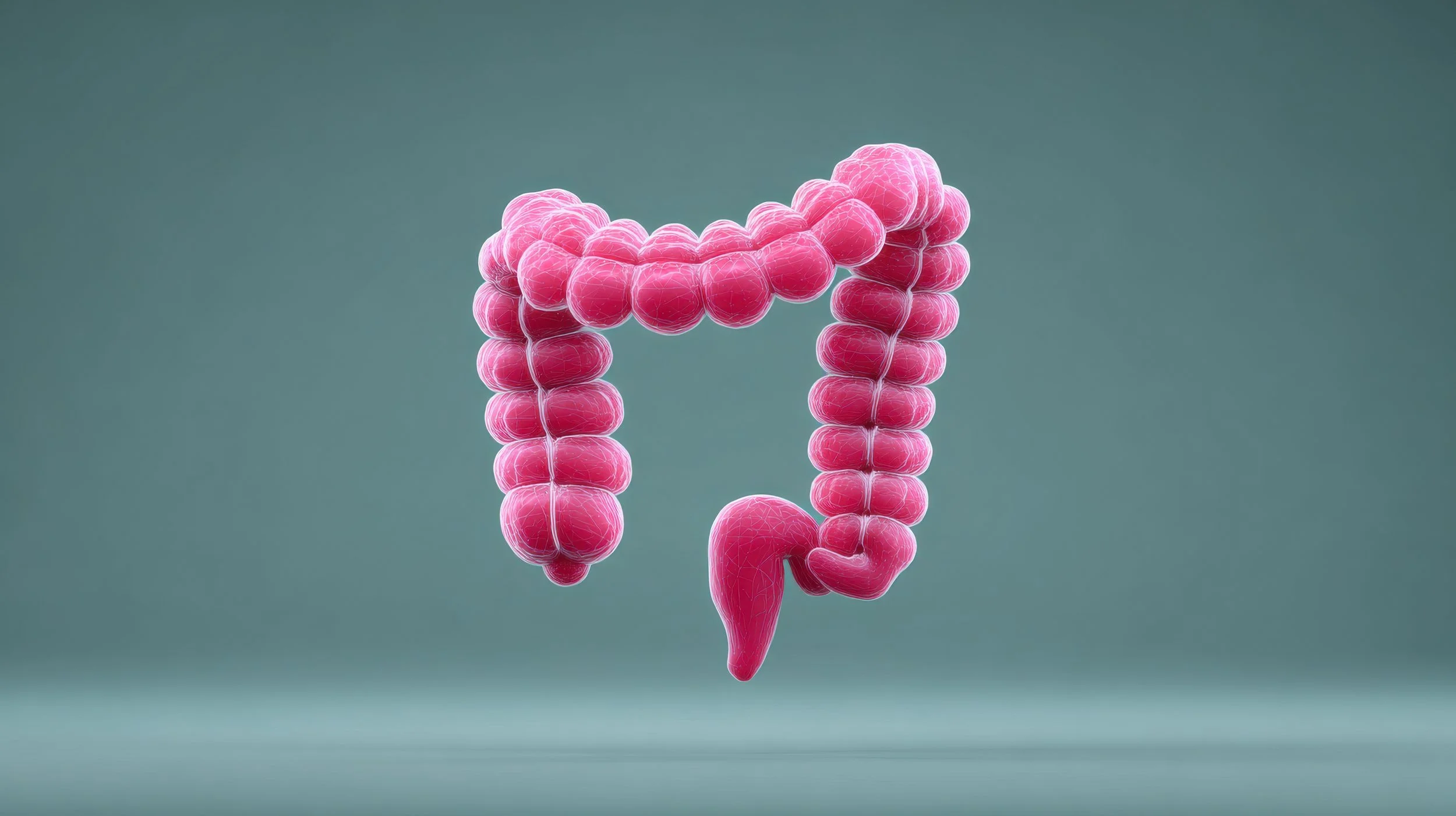
Acute Diverticulitis Updates
CT with IV contrast remains the imaging workhorse, but well-appearing patients with a classic history may not always need a scan. Uncomplicated cases could skip antibiotics altogether if they’re stable, tolerating PO, and low-risk for progression. Complicated cases still require a surgical consultation.
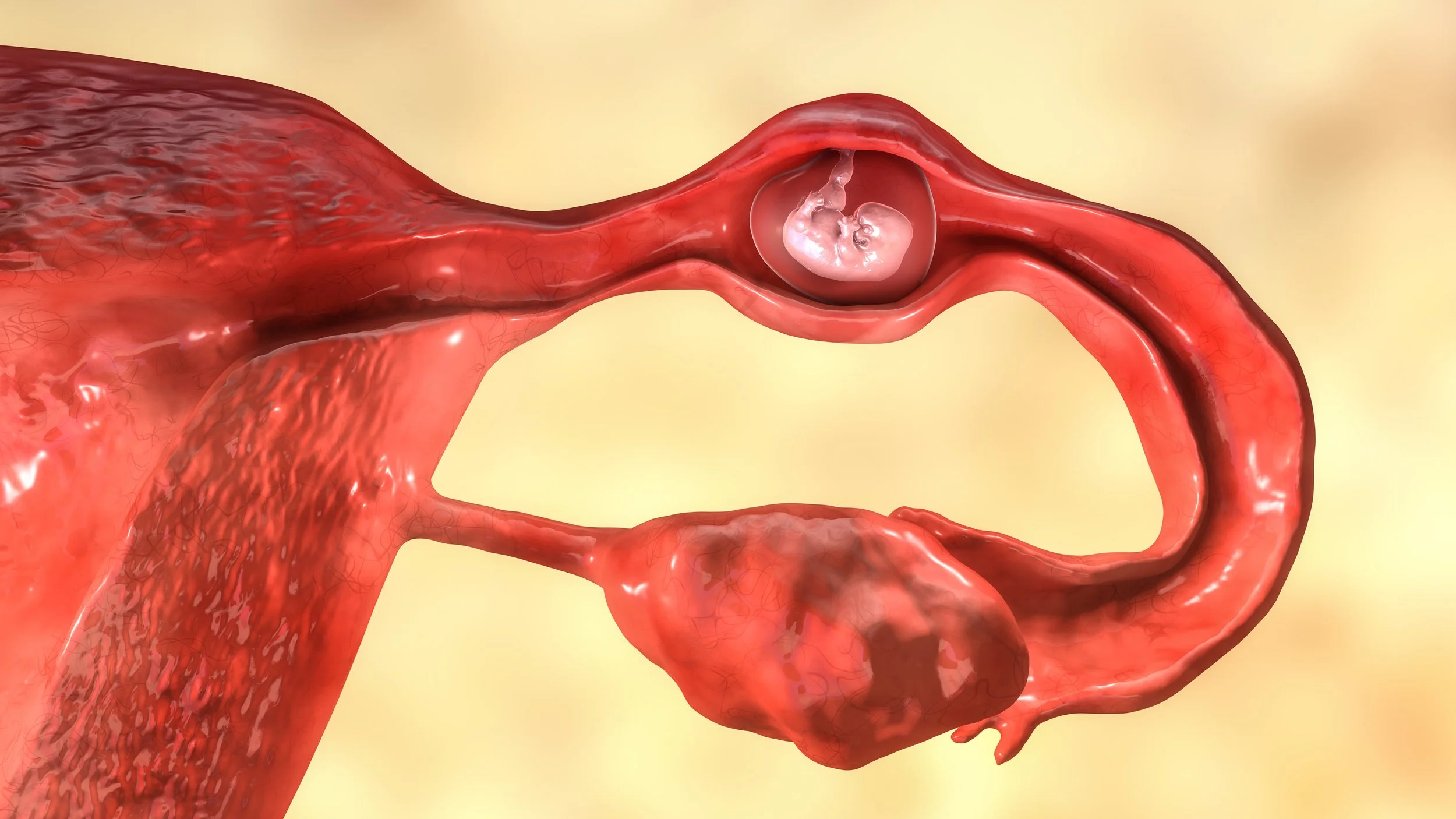
The Beta-HCG and Ectopic Pregnancy. Myth-Busting.
You can’t rule out an ectopic pregnancy with a low or “reassuring” β-hCG. The discriminatory zone only applies to normal intrauterine pregnancies, not ectopics—and many ruptures occur with levels well below 1,500 mIU/mL. Every symptomatic pregnant patient needs an ultrasound, regardless of hCG value. No hCG cutoff, and no pattern of symptoms, safely excludes an ectopic.

Diabetic KetoALKALOSIS
Sometimes DKA doesn’t read the textbook.
A patient can have elevated beta-hydroxybutyrate and a wide anion gap, yet show a normal or even alkalemic pH—thanks to vomiting, volume contraction, or mixed acid-base shifts. That’s diabetic ketoalkalosis. Don’t be fooled by the “normal” blood gas; if the gap and ketones are high, treat it like DKA.

Lactate, Lactate, Lactate…
Lactate has two personalities, and not all of them mean “shock.”
Type A stems from true hypoperfusion and anaerobic metabolism, while Type B comes from impaired lactate clearance or altered cellular processing—think thiamine deficiency, ethanol, metformin, malignancy, or liver disease. And when it spikes after a seizure? It’s only meaningful if caught fast—within about 90 minutes—before it clears and the trail goes cold.
